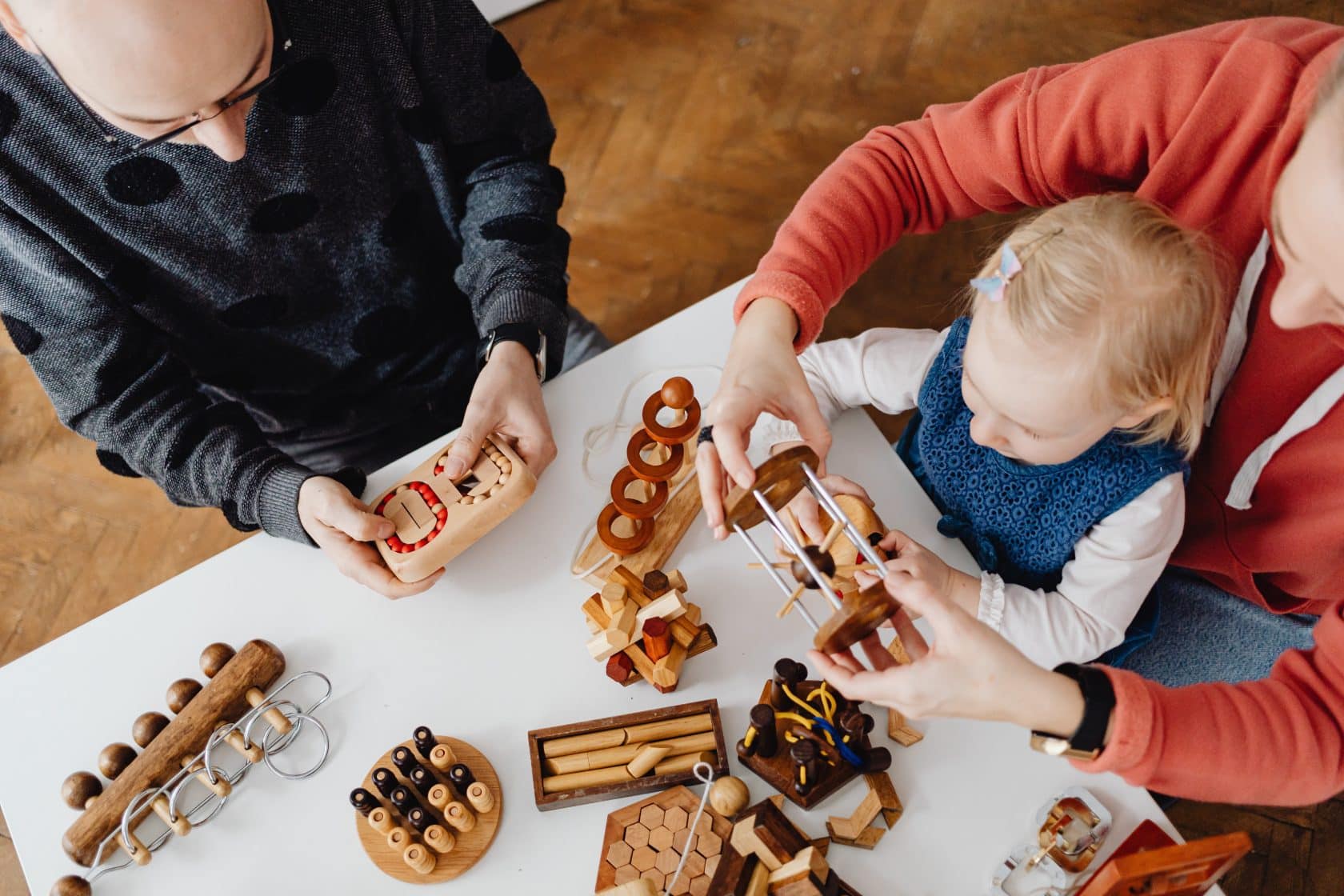In a language-rich environment, learning and language development come alive through interactive experiences. Here are some examples of how it works:
- Immersive Learning: Engaging activities like reading, singing, and playing games immerse children in language.
- Vocabulary Expansion: Exposure to diverse words and phrases enriches kids’ vocabulary.
- Language Models: Regular interactions with parents, teachers, or peers serve as language models for children to emulate.
- Meaningful Conversations: Encouraging dialogues and discussions help kids express themselves effectively.
- Social Interactions: Interacting with others fosters communication skills and builds confidence.
- Contextual Learning: Everyday experiences provide real-life contexts for language use.
- Technology Integration: Utilizing educational apps and tools can enhance language learning.
The language-rich environment harnesses the power of play and communication to support children’s language development and create a nurturing space for growth. Goally’s tablet and apps foster language-rich development, teaching life and language skills through fun activities like visual schedules, gamified learning, and social skills training.
This post was originally published on April 2, 2023. It was updated on July 21, 2023.














